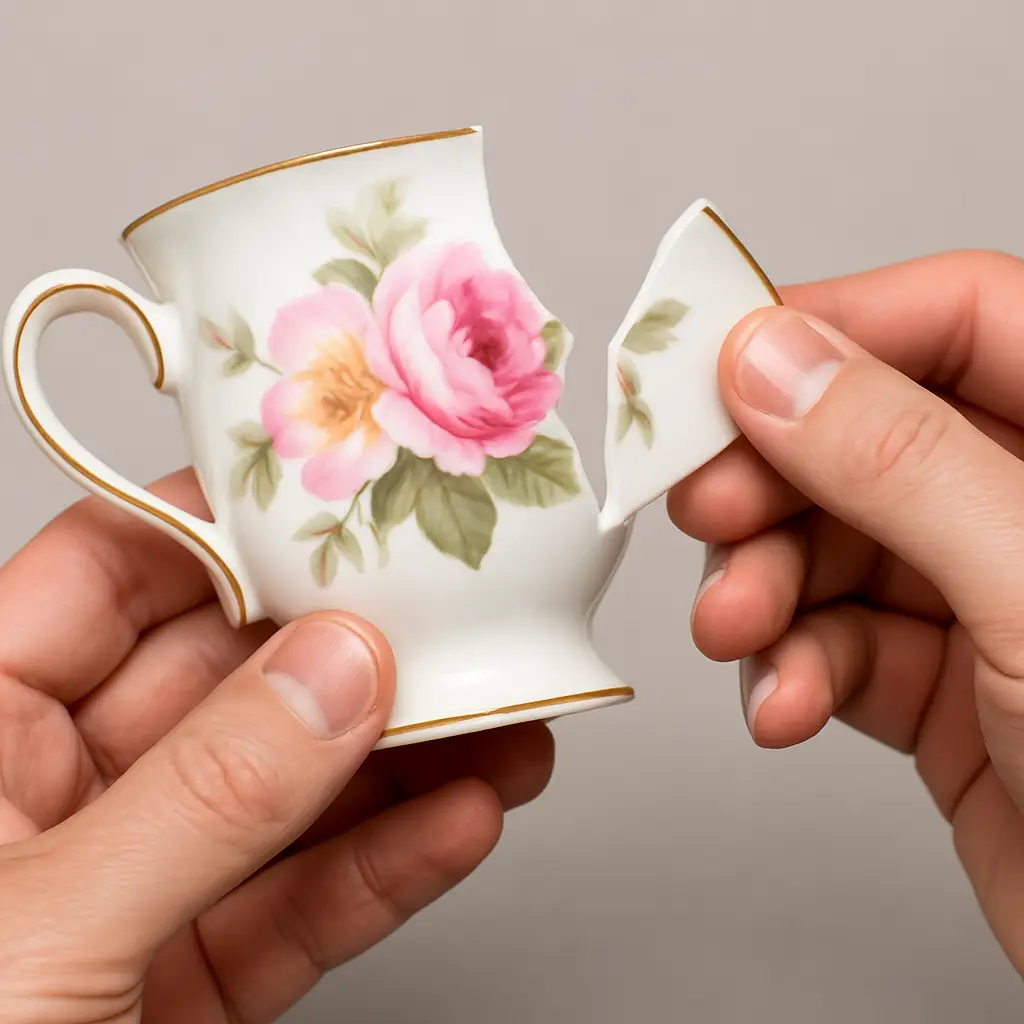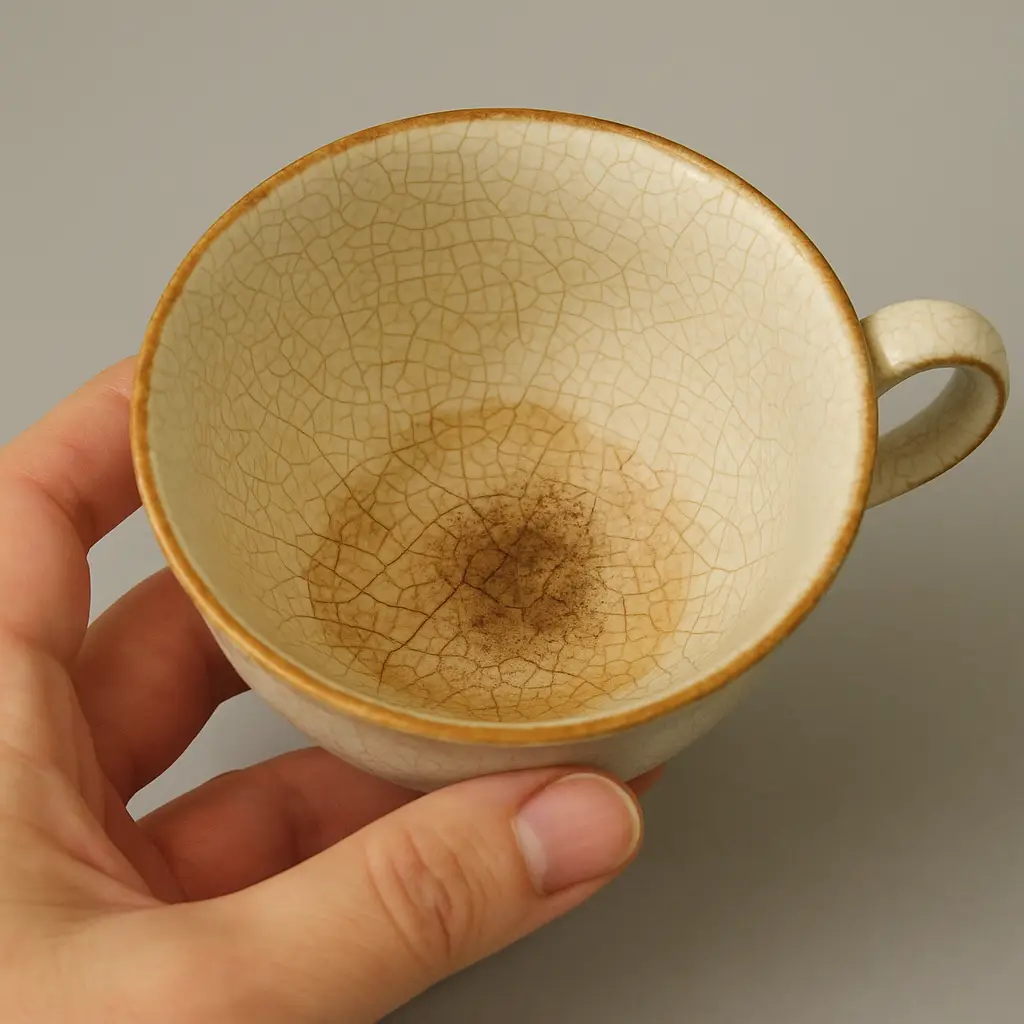Antiques Info
This is a collection of blogs I have written about things I have learnt over the years. In this industry, many things are opinion rather than cast iron fact so please don’t rely on what you read here. Feel free to ask questions by emailing rbwoolley@gmail.com

To Repair or Not to Repair? The Truth About Restoring Antique China
Unless you’re restoring something for sentimental reasons or decorative use, it’s usually better not to repair antique china. As a dealer, I’m focused on value, not just aesthetics — and once an item is damaged, it’s typically worth only a fraction of its original value, unless it’s exceptionally rare.
Repairing Can Take Forever
Many repairers take months or even years. I’ve heard of pieces sitting in garages for over a decade, untouched. And when you finally get it back — well, that’s another story.
Not All Repairs Are Equal
I’ve only met two professional repairers in my career, but I’ve seen hundreds of repaired items. Most repairs involve:
Filling or covering the damage
Colour-matching paint
Spraying with a synthetic glaze
Even so-called “professional” repairs are usually visible to the trained eye. But then again… if the repair was truly excellent, would I even notice it?
How to Spot a Repair
Here are some common giveaways:
Tiny dots or misting around the break — overspray from sealants
Different texture — original glaze feels cold (like glass); repairs feel warm or soft
Backstamps tampered with — sometimes scraped and resprayed, leaving a visible ridge
Slight colour variation — especially on gold trim, where the repair often looks matte
Royal Worcester pieces often show this clearly
Blacklights and UV torches can help spot certain resins or touch-ups, but they’re not foolproof. Tapping the piece may help — repairs often don’t “ring true”, but crazing can also affect that.
The Wash Test
One of the worst surprises? You gently wash a repaired item… and return to the sink to find the overspray floating in clumps — and the piece in pieces.
So What’s It Worth?
In most cases, a repaired item is only worth slightly more than a broken one. It might still display beautifully and bring years of visual joy, but for collectors and dealers, it’s still damaged stock.

How to Clean Stained China (Without Causing More Damage)
There was a time when stained china was everywhere. If you knew how to clean it properly, you could turn a decent profit. These days, both the volume of china and the number of stained pieces have dropped — but if you’re still finding them, here’s what I’ve learned that actually works.
Napisan: The Gentle Option
For household use, Napisan is your best friend.
Mix a few tablespoons into a bucket of warm water
Submerge the item completely
Leave it to soak for about 24 hours
If it’s still stained after the first go, dry it thoroughly (a warm day in the sun helps), then repeat. Some stains will disappear and come back as the piece dries. Just keep going if it’s improving.
Avoid Janola — it might lift the stain, but it also causes heavy crazing in the glaze. Once that happens, there’s no going back. Napisan is much safer.
Persistent Stains? Grey = Trouble
Most stains are brown — usually from food or fruit — and they tend to clean up well.
But if the stain is grey, you’re probably dealing with mould or mineral build-up. I’ve never had much luck removing grey stains — if it doesn’t shift in the first couple of goes, it probably won’t at all.
Hydrogen Peroxide: The Commercial Fix
If you’re feeling more adventurous, try hydrogen peroxide.
Pour it into a bucket
Submerge the piece completely
Leave it for days if needed
I’ve never had a problem leaving items soaking long-term, but always use gloves. If you get peroxide on your skin, your hands will turn white and itch like crazy. Rinse immediately if you do.
After the soak, give the item a good rinse in clean warm water for a day or so.
Is It Worth the Trouble?
Sometimes, yes — especially if the item is rare or valuable. But often, it’s not.
Some stains just don’t come out. Others reappear. And badly crazed or repaired pieces may never be worth much again, clean or not.
Still, if you’re up for a challenge (or just want a piece to display), it’s a satisfying process when it works.

Collectable vs Decorative – Why It Matters to a Dealer
Technically, there’s no hard difference between a collectable (or collectible) item and a decorative one. People collect anything — and they decorate with anything too. But as a dealer, I draw a line between the two. And it explains why I might offer very different prices for items that seem similarly priced at retail.
Here’s how I explain it:
When I’m offered a collectable item, I know someone out there is specifically looking for it. They collect that maker, pattern, shape, era, or design style.
Take Royal Albert’s “Old English Rose” for example — first produced in the 1920s. It’s one of those patterns that looks even better the more you group it together. If someone buys an “Old English Rose” teapot from me, I assume they already own cups, saucers, plates, and other matching pieces. They’re not buying randomly — they’re building a collection.
Now compare that to someone buying a mahogany what-not (a small tiered display stand). It’s unlikely they collect “what-nots.” Maybe they’re matching it with other furniture. Maybe they just want to put a few pot plants or ornaments on it. That makes it decorative — useful, yes, but not essential.
Why This Affects Price
Here comes the business logic:
For a collector, a specific item has no easy substitute.
They want that teapot.
They need it to complete a shelf or match a set.
If they don’t buy it from me, they’re still going to look for it elsewhere.
The buyer of the what-not, on the other hand, has options. They could just as easily buy:
A small table
A different piece of furniture
A wall shelf
Or nothing at all
Because the what-not has substitutes, I can’t justify paying as much for it upfront. It might take longer to sell. The customer isn’t emotionally invested.
The Time Value of Money
That’s why I’ll often pay a higher percentage of the retail value for a collectable than a decorative piece.
Collectables:
Sell faster
Make the shop look better to collectors
Attract repeat buyers
In simple terms: What sells faster, I can afford to pay more for.
